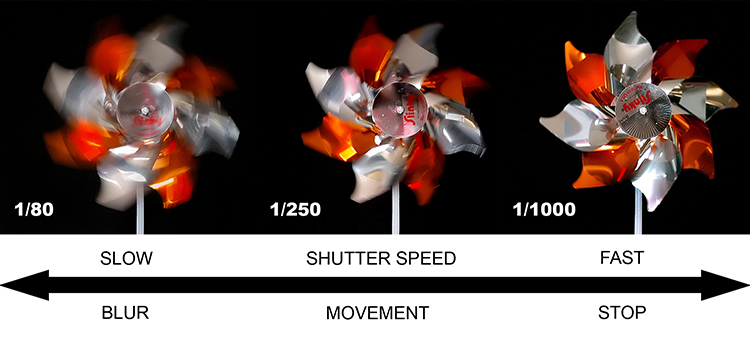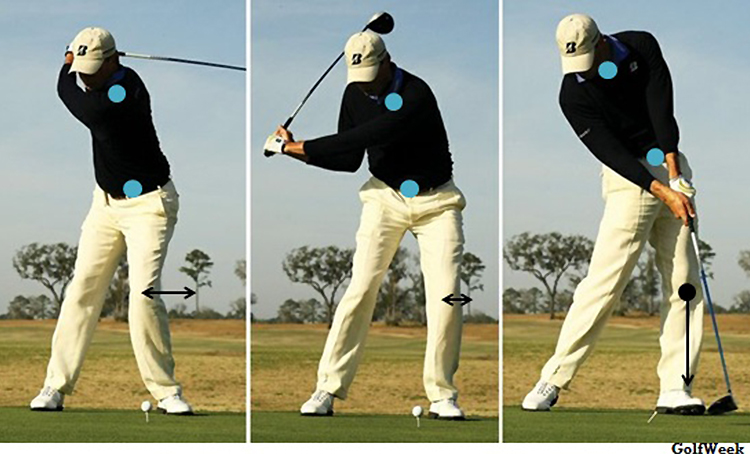To Catch a Sprinter
Digital Imaging is Helping Us Understand What Makes Top Athletes Exceptional
What does it take to forge a gold medal runner? Or build a PGA champion? How does an American League all-star perfect his swing to end a batting slump? And what keeps a potential world champion swimmer from achieving Olympic gold?
The formula for success in sports is changing dramatically. Technology and science are having a profound impact on athletic training – boosting incredible drive, unparalleled passion, and uncompromising work ethics to bring an entirely new level of excellence to dozens of sports in hundreds of ways. Digital imaging is no exception.
Improvements in imaging technology have allowed for experimental digital cameras to capture images in nanoseconds. In machine vision applications, many cameras can break movements down into thousands of frames. This requires a combination of technological advances – fast shutter speeds or responsive global shutters that prevent blur, and image sensors that are very sensitive to light, capturing detailed images when there is little time to expose the sensor to light. These two components operate in distinct, but interlinked ways. The shutter speed determines how much time each individual frame is exposed. The faster the shutter, the less blur there is when capturing rapid motion. Depending on the technology used, the performance potential can be very different.

These innovations may well drive a level of analysis of both form and performance that was previously impossible. Minute changes in a posture or stance can have enormous effects on how far a ball flies— and in which direction. Allowing athletes and their trainers the ability to review and dissect even the smallest elements of the most technical requirements of their sport may fundamentally change the way athletes perform. And the review of the most intricate elements of their craft has given runners, hurdlers, swimmers, golfers, tennis prodigies and baseball all-stars a chance to take their performance to an unprecedented level – bringing increased fan appreciation, extending an athlete’s career, or even securing a coveted gold medal.
It sounds amazing on paper, certainly, but how does this actually play out in the real world? Australian swimmer Liesel Jones had a successful athletic career, winning 8 Olympic medals. But after 11 years, she was struggling. Australian scientists employed high end camera technology, capturing her entry into the water in frames – analyzing angles, velocity, and surface contact. Provided with this analysis, she was able to trim four tenths of a second off her time – enough to qualify for her fourth Olympic Games.
Baseball and golf have also benefited from improvements in image capture. In both cases, speed plays a role: a baseball bat can be swung at 80 miles per hour, a golf swing can reach 125mph. In extremely technical sports, both movements can be improved in many ways. Is the player’s weight distributed evenly? Are his/her feet angled properly? How does their kinetic energy move as they push toward contact? Does their follow through help them to achieve the right path and length of extension? Fundamentally, small actions are multiplied in these sports – even a bend in an athlete’s forearm could mean the difference between a birdie and a bogey, or a strike and a 4-run homer. It might even mean helping an athlete avoid injury – say, saving them from tearing ligaments or reducing stress on a joint.

In 1912 the world record for the 100m sprint was 10.6 seconds. Less than 100 years later, Usain Bolt had reduced this to 9.58 seconds. An impressive feat when you consider human physiology has remained relatively unchanged from an evolutionary standpoint. Although it may be easy to write Bolt off as a ‘superhuman’ exception, the 1912 record holder Donald Lippincott was likely seen the same way. The biggest changes to occur since 1912 fall into two categories – biomechanics (the physics of sports) and technology, and our ability to see and understand biomechanics.
Imaging captures key components that separate elite sprinters from the norm: ground contact time, landing angle, thigh angle, stride length, and ratios between ground contact time and flight time. Technology has captured that Bolt’s legs move at almost the same pace as a normal sprinter, but his application of greater ground force and the related decrease in time spent on the ground has allowed his exceptional success. Something we would not have been able to readily observe 100, 50, or even 20 years ago.

Keeping the Technology up to Speed
Technological innovation will play a key role in how fast things move ahead. Athletes are getting faster and stronger generation-to-generation, and their sports are becoming more refined. In the world of professional sports, trainers and athletes alike want finer and finer details to better understand what happens as athletes move.
The demand for higher spatial resolution and clearer imaging is constant. And great progress has been made with improving spatial resolution, from the advent of 4K cinema cameras to the rise of very high resolution CMOS sensors for everything from phone cameras to high-end line scan industrial applications.
But temporal resolution is still vital. To provide the illusion of continuous motion, about 15fps is necessary. To make slow motion valuable for sports imaging, where the subject can be moving quite quickly, at least 500fps is needed. Those constraints play against the limitations of any imaging system. Frame rate and resolution are always a trade off when bandwidth and the capability of the analog-to-digital conversion circuit is constrained. As a result, very high frame rate imaging is often very low resolution, too low for observing muscle tension, posture, and all the subtleties of athletic performance.
Despite record-breaking sprints, cameras are still getting faster at a quicker pace than humans. So as vision systems advance, lower cost systems will make motion analysis more ubiquitous. And imaging technology will continue to expand its position, playing a greater part in a growing number of sports, and trickling its way into the hands of amateur enthusiasts looking to shave their score on the back nine, make the cut for the college ball team, or get a better handle on why their wrist aches every time they play Ultimate Frisbee. These regular athletes join the hordes of elite athletes who have become accustomed to the pervasive role imaging technology plays in building their A-game.
And soon, this level of imaging won’t be limited to elite athletes, you may encounter it sooner than you think while running on the treadmill at the gym.



 Real-Time 3D Replays Bring Fans Closer to Action
Real-Time 3D Replays Bring Fans Closer to Action  Vision system inspects bottle caps at high speed
Vision system inspects bottle caps at high speed 